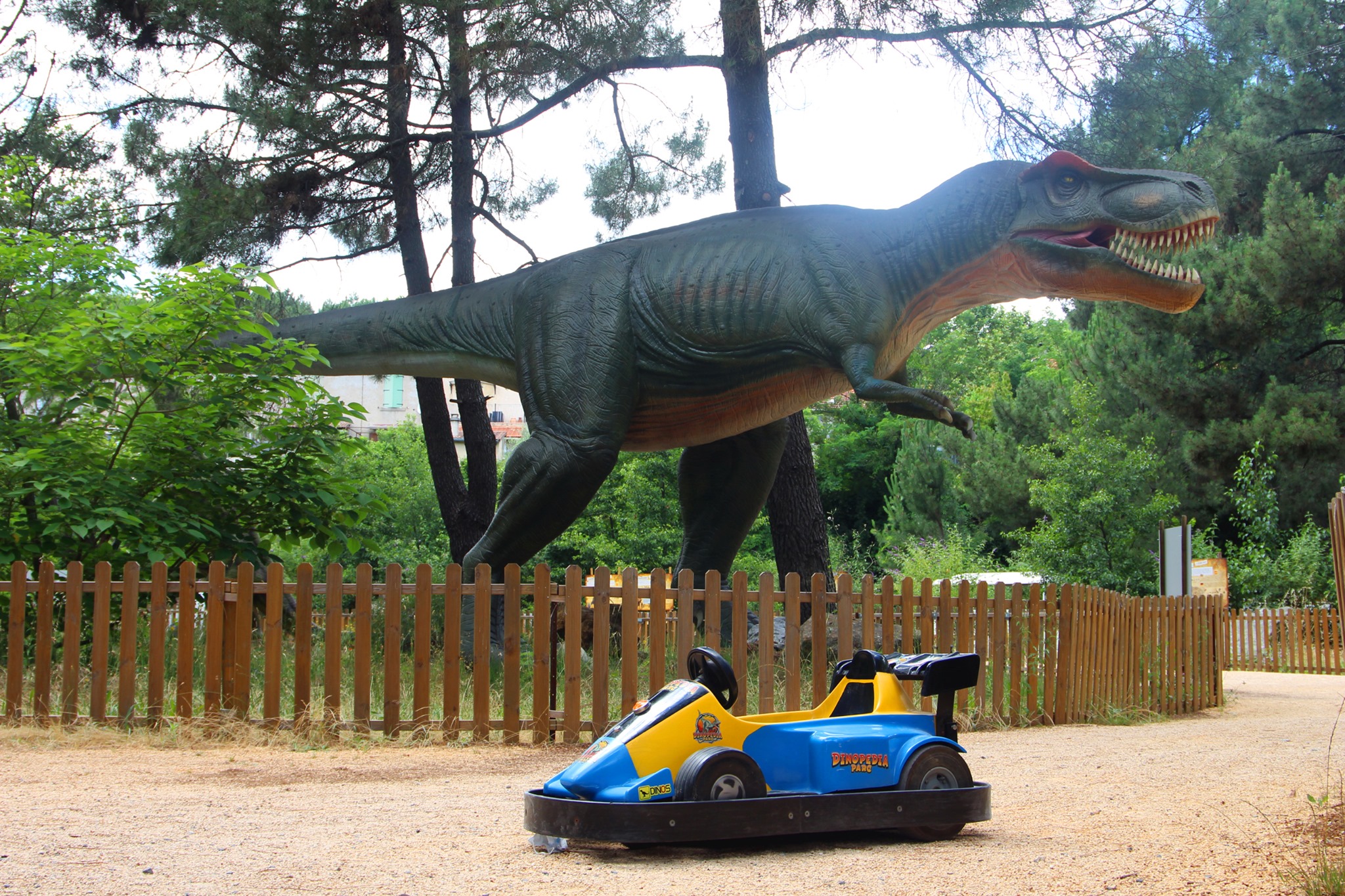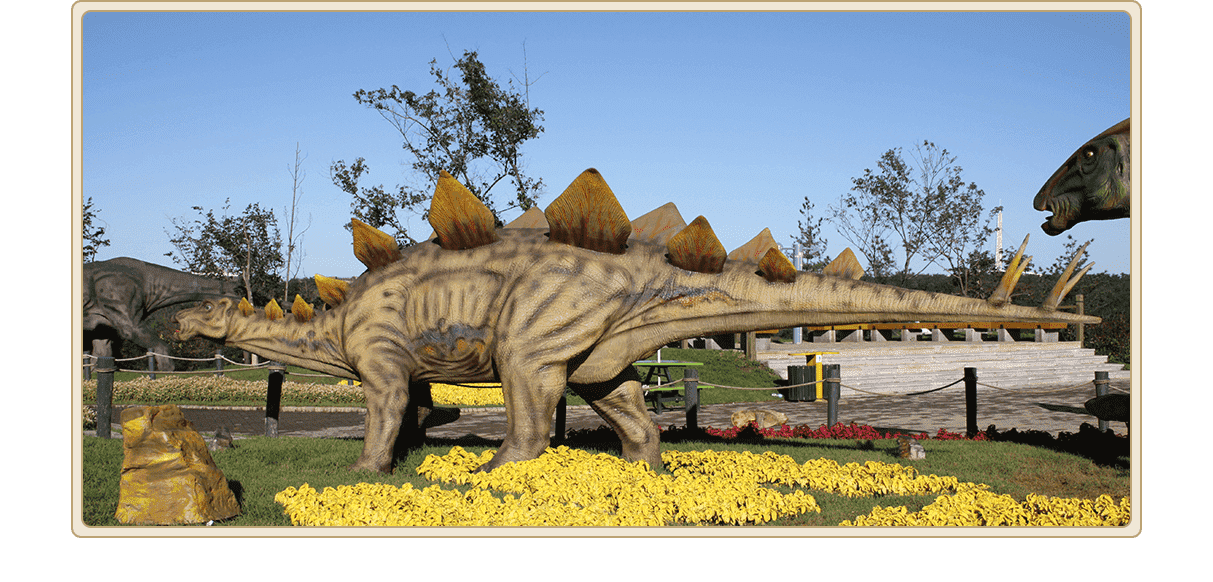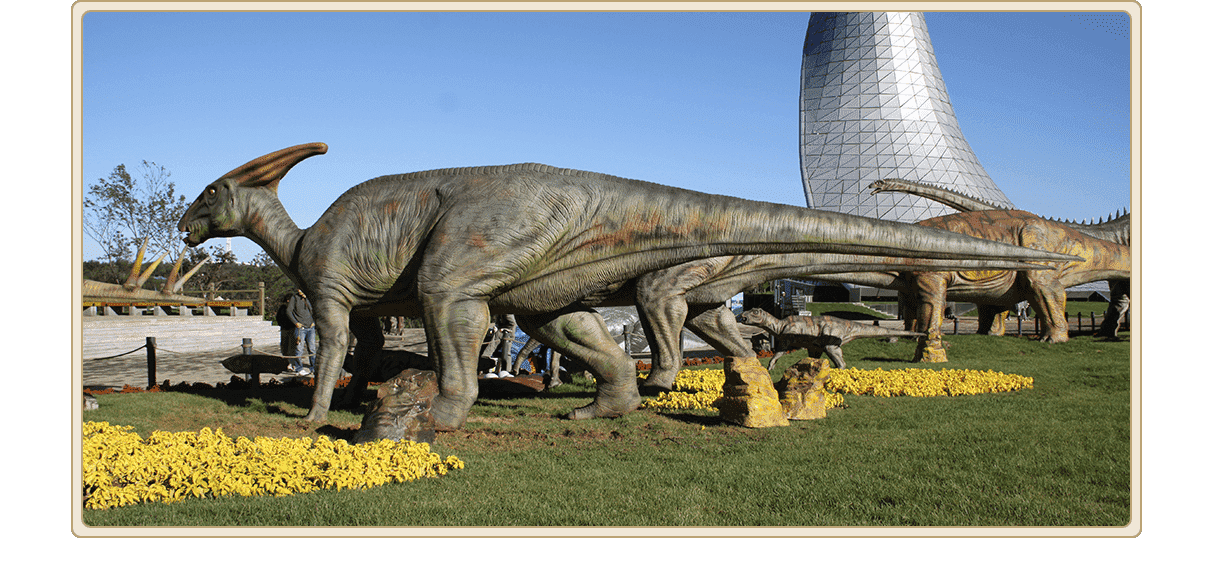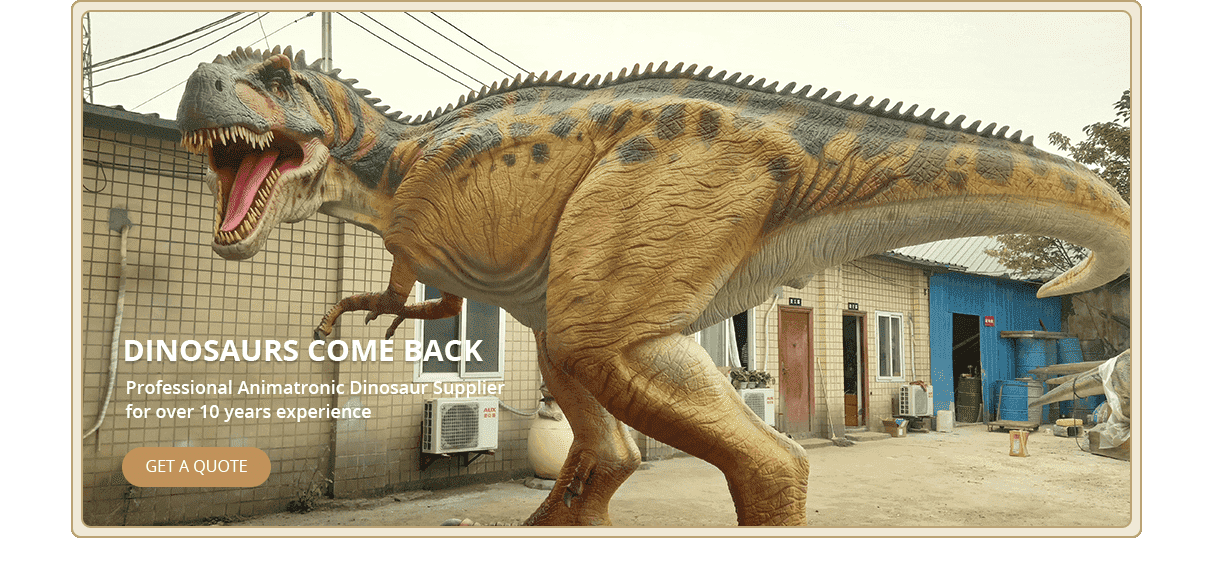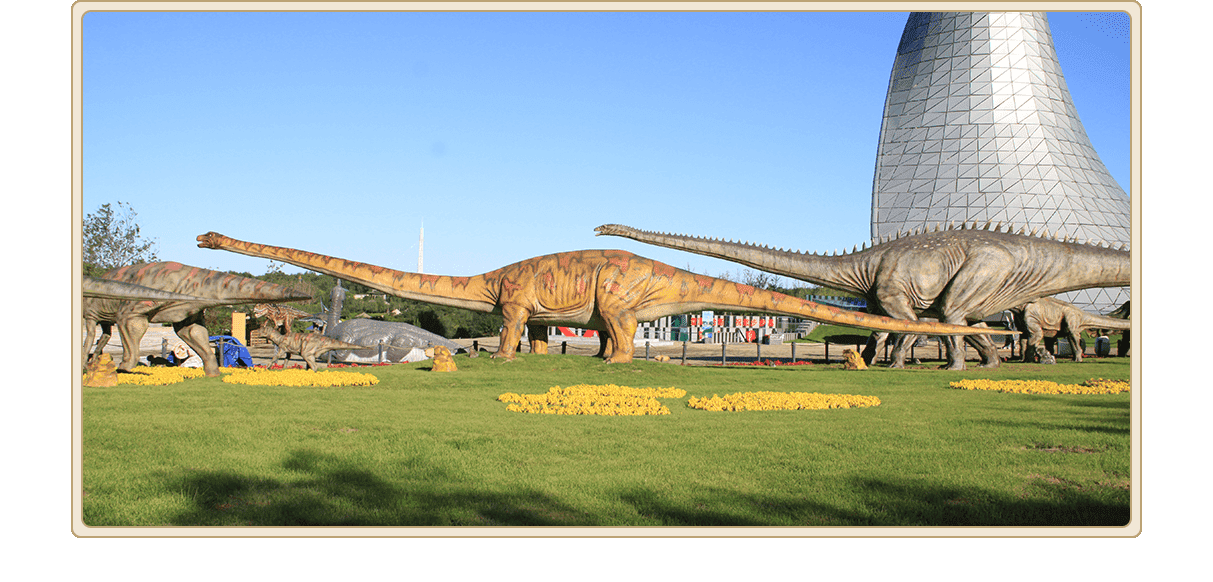Why Are Dinosaur Fossils Important?
The word paleontology may not always spark interest, yet we'd be hard-pressed to find a child who doesn't love dinosaurs. The giant reptiles that roamed the earth millions of years ago continue to capture the interest of young and old alike. But what is it about these extinct beasts that makes them so popular? The late paleontologist Stephen Jay Gould attributed the popularity of dinosaurs to three main qualities: they were big; they were fierce; and most importantly, they were extinct - a theory that makes sense.
Many of the well-known dinosaurs, such as the Tyrannosaurus rex, the Brachiosaurus, or the Triceratops were all massive animals. But there are also other, considerably smaller dinosaurs that defy this theory – look at the Compsognathus, the Hadrocodium, and the Microraptor. No matter their size, dinosaurs manage to capture interests. DinoWalk Science & Technology Inc can be manufacture real life size fiberglass dinosaur replicate.
Ferocity also has a major part to play in terms of popularity. Humans love the thrill of danger – we go bungee jumping, ride rollercoasters and watch horror films. Dinosaurs are as fierce as they come, but of course, they can’t hurt anyone – they’re extinct. They provide the ultimate leap of the imagination.
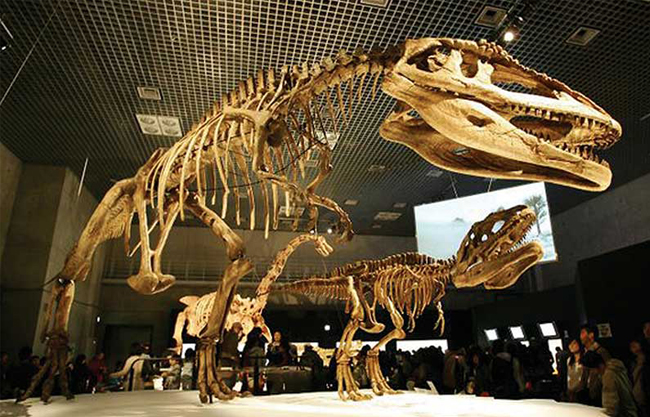
Fiberglass Dinosaur Replicate
Finally, perhaps the greatest factor in the popularity of dinosaurs is the mystery surrounding their disappearance. After successfully roaming the earth for millions of years, their sudden mass extinction continues to plague the human imagination. What killed the dinosaurs? Next, the fiberglass dinosaur replicate supplier will share the following content with you.
So, is it worth studying a group of animals that have been extinct for 65 million years? We certainly think so. Here are the reasons why.
1.The study of fossils - yes, including those of dinosaurs - is invaluable to scientists trying to understand climate change. On a recent scientific expedition, a team of scientists drilled into a crater long thought to have been caused by the asteroid that wiped out the dinosaurs. The BBC documented the extensive process to help scientists understand what happened on the day of the collision. Scientists theorize that when the asteroid slammed into Earth, it traveled at 64,000 kilometers per hour - so much energy that it evaporated the oceans and caused the asteroid to completely obliterate.
<
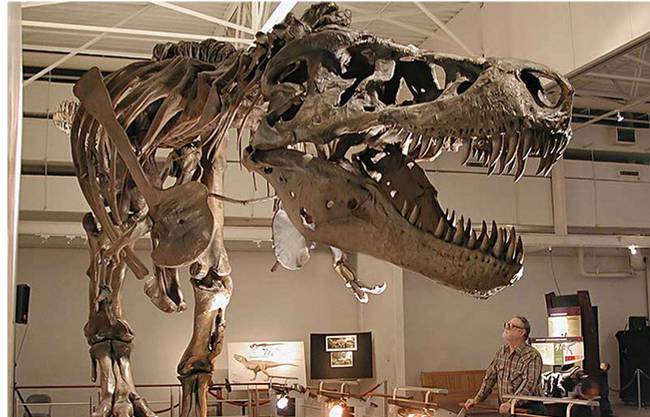
1.The surrounding ocean floor was forced to climb outward and upward to extraordinary heights, then collapsed upon itself, forming a ring 141 kilometers in diameter. The Earth's climate changed dramatically: the sun's light and heat were blocked by the ash clouds that rose after the impact. Fossil evidence has helped scientists understand all this and more.
2. The study of dinosaurs is crucial to understanding the mechanisms of evolution. To date, more than 700 species of dinosaurs have been discovered and identified, but hundreds more are unknown. There is a great deal of variation among the species we know of: Triceratops had the largest skull ever recorded, and the black dinosaurs constantly replaced their teeth as they wore down. What's more, there are even creatures living today-such as birds, turtles, and crocodiles-that share an evolutionary lineage with dinosaurs.
3. Today, scientists around the world are conducting extensive extinction studies, using dinosaur fossils to understand the Earth's biodiversity millions of years ago. Human activity has severely altered the Earth's biodiversity and has managed to completely wipe out hundreds of species. By studying extinctions and their subsequent effects on food chains and Earth's ecosystems, scientists can begin to understand the complex relationships between species and their surrounding environments.


